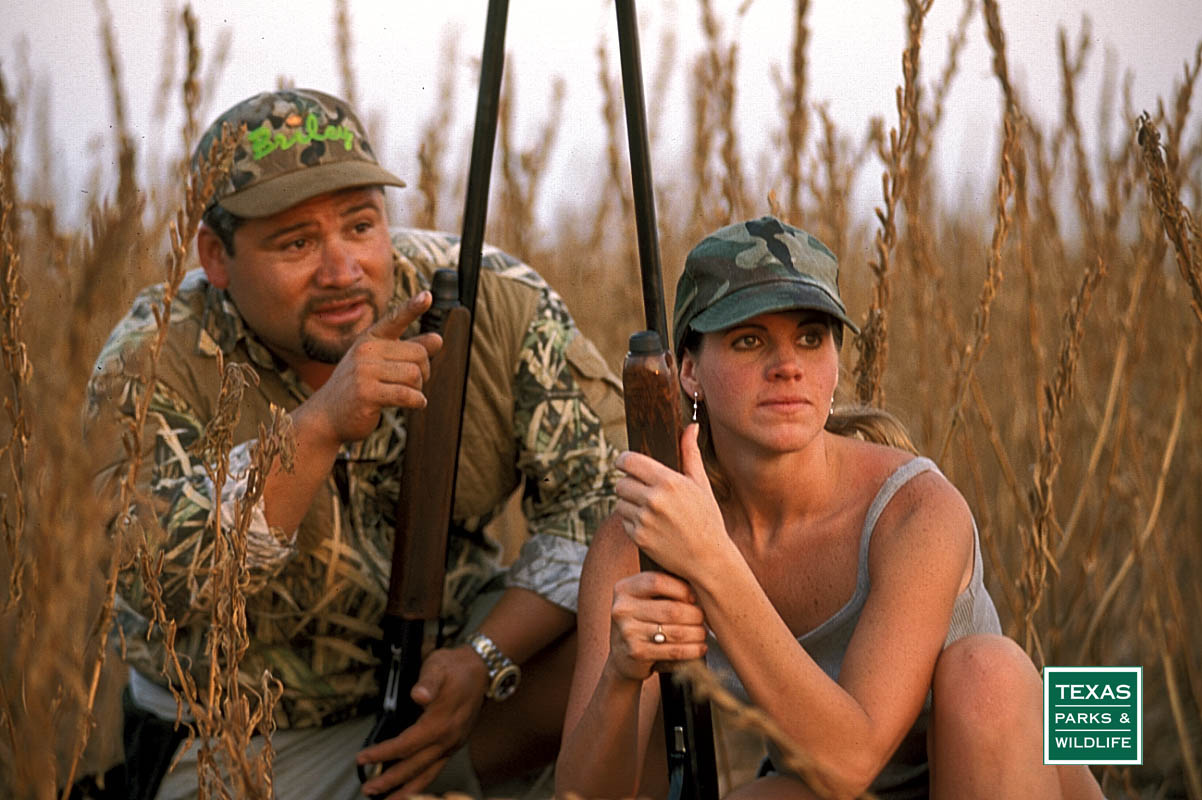By Jessica Domel
Multimedia Reporter
Rainfall in 2019 both helped and hurt Texas dove hunting prospects during the 2019-2020 season.
Bobby Thornton, co-founder of the Texas Dove Hunters Association, told the Texas Farm Bureau (TFB) Radio Network that how dove season went depends on who you ask.
“For the most part, the outfitters reported they have really good birds in the start, as usual, if the weather holds up. This year, it did,” Thornton said. “We had good weather and a good start for the first weekend running through about the first two weeks.”
Then, in certain areas of the state like San Antonio, the number of birds dropped off considerably.
“Some of the birds were moving around to other places in that area, but there’s so many people planning just for those white-wing doves, that there’s basically not enough birds to go around,” Thornton said.
Near the border of the north and central zones on I-20, there were reports of a good number of doves, specifically mourning doves in between towns.
“There were a lot of good mourning doves in the rural areas,” Thornton said. “They had good hunts.”
The Houston area did not show well this year due to the weather.
“You can have two good weeks in the Katy area or so, and then all of a sudden, they’re gone,” Thornton said.
The area that surprised hunters was southwest of Houston near Eagle Lake.
“They really didn’t get the birds like we expected them to,” Thornton said. “We attribute that to the rain.”
Thornton noted the areas that remained the most consistent for dove hunting were areas that had good, timely rains that allowed the crops and the habitat to produce seeds.
“We had a lot of really good native sunflower hunts in October, which is great that by then most of the seed has dropped, the ground was still dry, and the birds were able to find it and do really well,” Thornton said. “A lot of the late first season hunts like early November, late October, we saw good hunts and good harvest on mourning doves but not so much the white-wings.”
White-wing doves this year were hit-or-miss. Mourning doves, for those who could get out in the country, were good.
In the Rio Grande Valley, the areas that normally have heavy white-wing doves along the river were good early in the season and then dropped off.
“The mourning dove, if you went north of the river 30 miles or so out in the country, you got some really good mourning dove hunts,” Thornton said. “I personally am really thrilled to see this. This is two years in a row we’ve had some good reports of good mourning dove hunts and not so much the white-wing.”
The Panhandle and Red River area typically see more mourning doves than white-wing doves.
They also have a heavy Eurasian Collared-Dove presence.
“The Eurasians are out there in thick numbers, and you could get good hunts in,” Thornton said. “Generally, if the mourning doves or the white-wing aren’t there in very good numbers, sometimes you’ll at least be able to get some good shots at some Eurasians.”
The weather in the Panhandle also played a large role in the dove population during the season.
“The Panhandle this year did not get the good cold fronts until a little bit later. So, what people refer to as a winter bird is basically the mourning dove that’s migrating back,” Thornton said. “They came a little bit later, and the cold fronts weren’t really hard, so a lot of them stayed there.”
Thornton heard of good hunts in the area from outfitters along I-20 anywhere from Midland to Abilene because the doves stuck around.
The official report from the Texas Parks and Wildlife Department is not out yet, but Thornton said previous reports indicate a growing number of people interested in dove hunting in Texas.
“The percentage per capita that’s growing is declining, which means there’s a greater population and there’s more people hunting but not at the numbers that we would expect,” Thornton said. “That’s a little concerning to us from the standpoint that it’s just such a great introductory sport to other hunting that we’d like to see it increase a little.”
Most dove hunters went out during the first two weeks of the general season and then declined.
“We’d like to see people, hunters, spread it out and hunt a little more especially during the second season,” Thornton said.

